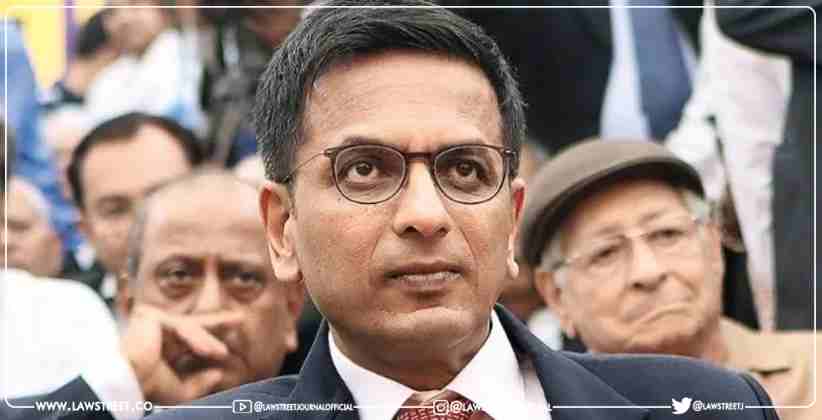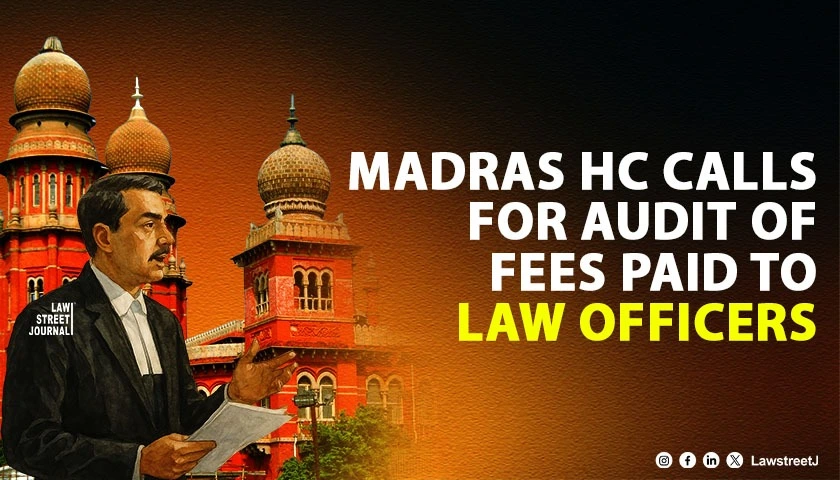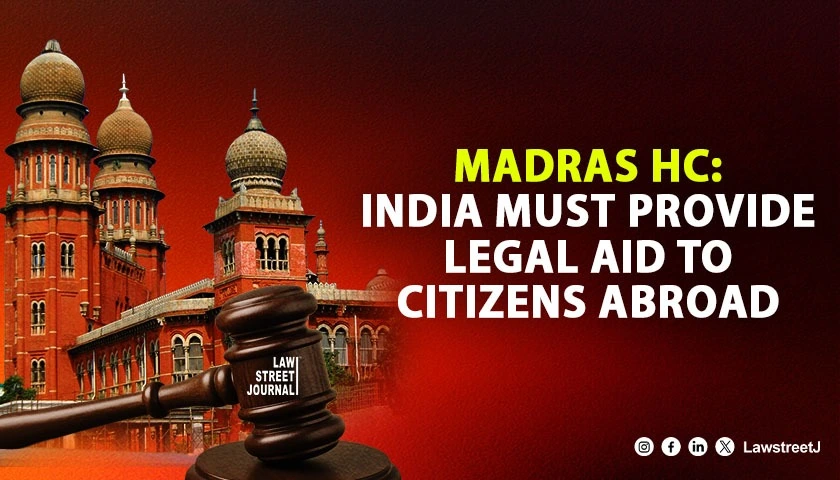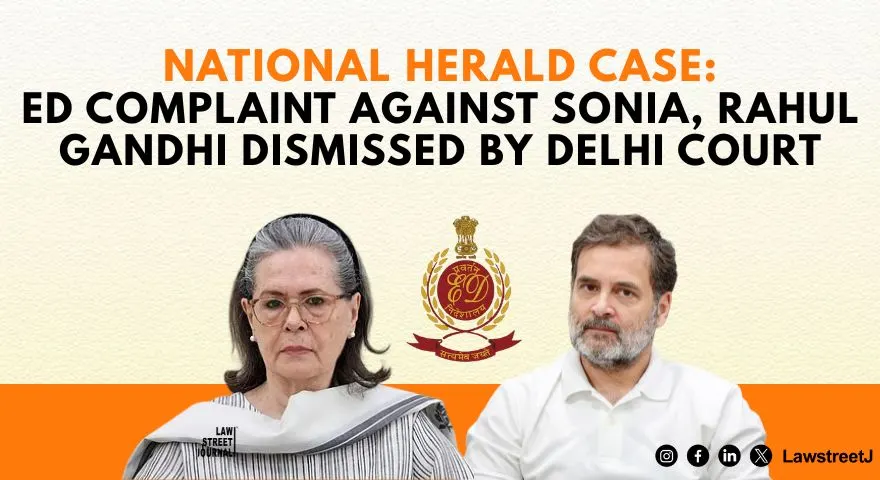Virtually joining the fourth edition of the International Conference on 'Arbitration in the Era of Globalisation' held in Dubai, Justice D.Y. Chandrachud spoke about recognising technological advancements and infusing the same into the traditional arbitration process to enhance efficiency.
He commenced his address by pointing out that technology and arbitration has become inseparable in the pursuit of justice, which has become quite evident during the COVID-19 pandemic.
"Technology and arbitration are so intertwined in the pursuit of justice that it is impossible to discuss either of these concepts without referring to the other."
It was averred that technology makes arbitration more cost effective and efficient. Moreover, arbitration has emerged as the best mechanism to tackle complex issues pertaining to law and technology.
"While technology expands the realm of arbitration making it more cost effective and efficient, arbitration is entrenching; has the best dispute resolution mechanism for the issues involving the complex interplay of the law and technology."
He emphasised that though artificial intelligence and technology are widely prevalent in the modern world, law is yet to develop to cater to the disputes arising out of such technological advancements. In this backdrop, he believed, arbitration could provide a platform to resolve these issues.
"Artificial intelligence and technology are slowly penetrating various walks of life. Robot driven cars, robot helpers and robot adjudicators are considered essential in the modern fast paced world. However, technological advancement is not accompanied by the development in the legal framework. This eventually leads to a situation where issues related to technology law become non-adjudicatory as there is a lack of a unified legal framework governing the field. For e.g. - A plea seeking damages against an accident by a robot driven car cannot be adjudicated unless the issues of personhood and accountability of artificial intelligence are settled."
He referred to the concept of smart contracts to demonstrate the technological advancements in the sphere of commercial transactions.
"Technology and artificial intelligence are integrated into commercial transactions. One such example of integration of technology and contracts is a smart contract, where the terms and conditions of the contract are encoded. A breach in the terms of the contract would automatically enforce the contract. For e.g. - if there is a clause in the contract which stipulates that the payment for rented articles must be made on the 7th of every month, then a non-payment of the rent within the stipulated time would automatically enforce the penalty clause. One example of smart contracts in the insurance sector is providing travel insurance through the smart contract so that when the transport is delayed the compensation for delay is automatically credited to the account of the insurer."
He further added that given the decentralised nature of such smart contracts, it is difficult to identify the place of performance of the obligation and therefore, arbitration could be utilised to resolve disputes relating to smart contracts.
Justice Chandrachud highlighted some of the advantages of arbitration, like, having no national jurisdiction; presence of specialised arbitrators and ample evidentiary flexibility, which would encourage parties to opt for arbitration over the traditional adjudication mechanism.
"The detachment of arbitration from national jurisdictions; the ability to offer specialised arbitrators who are well-versed with the cutting edge technology (and our panel today is really a symbol of that);and evidentiary flexibility are some of the advantages that arbitration as a mechanism of dispute resolution holds over the traditional court system in the adjudication of technological issues."
It was asserted that arbitration being a time bound exercise if resorted to in order to resolve commercial disputes, parties would incur lesser financial damages.
"Since disruption in commercial transactions for a few hours can cause substantial financial damage, the key to deciding the appropriate mechanism of dispute resolution is the expedition of solving disputes and providing interim reliefs."
Alluding to the effect of invoking arbitration to resolve a technological dispute involving concerns of confidentiality and financial implications, he added that such disputes can be classified into two categories - a. non-arbitrable and b. arbitrable.
"Technological disputes involve confidential data and carry enormous financial implications making arbitration a well suited choice for dispute resolution. The adjudication of technology and artificial intelligence disputes can be classified into two kinds -
non-arbitrable issues that are incapable of settlement of arbitration, which involves public rights and third party interest such as privacy, data confidentiality, personhood and accountability, and
arbitrable issues which involve the resolution of disputes such as technological contract infringement. However, all arbitrable issues are not necessarily desired to be arbitrable."
Pertinently, Justice Chandrachud pointed out that though absence of delay and cost effectiveness are the strong pursuits of arbitration, in practice, it is neither affordable nor time efficient.
"Absence of delay and cost efficiency are the two most important features of arbitration that furthers accessibility. Although in practice neither is arbitration affordable nor, for that matter, it is always time efficient. It has been found that arbitration is more expensive than litigation in many contractual disputes."
The issue that arbitration agreements do not comply with the requirements of the rule of law was also briefly discussed. He stated that constant evolution of arbitration, taking into view the need of the present times, would be essential in preventing arbitration from falling into the trenches of the traditional litigation system.
"There are also arguments that arbitration agreements might not comply with the requirements of the rule of law as confidentiality is antithetical to transparency and accountability and the party appointment of arbitrators is hostile to independence. Arguments of rule of law coupled with non-accessibility would then perhaps make arbitration seem to be a less desirable option. Therefore, it is imperative that the principles governing arbitration evolve to stand the test of time and not be drawn to the trenches of the litigation system."
It was pointed out that, at the moment, legal professionals across the globe are recommending smart contract arbitration.
"Legal professionals from across the globe are also suggesting implementation of smart contract arbitration where dispute resolution takes place electronically on the blockchain. The arbitration clause is coded into a smart contract where the arbitration would be the algorithm itself."
"Unlike the traditional arbitrations set up where the parties choose the members constituting the Arbitration Tribunal, in automatic dispute resolution the arbitrator is appointed based on preferences of number, identity and qualifications indicated by the parties."
The requirement to revamp arbitration to prevent it from turning into the traditional litigation system marred with delay was explored, and Justice Chandrachud suggested that smart contract arbitration can act as an efficient alternative, with a caveat that algorithms are biased and can discriminate against the consenting parties.
"Since traditional arbitration is slowly but steadily starting to resemble the traditional litigation system, given the high cost and time consumption in the settlement of disputes, smart contract arbitration seems to be an effective alternative. However, the algorithms as we know are not free of bias. Prominent artificial intelligence researchers have written that the facial recognition software is less accurate at identifying women and people of colour because the software had been predominantly provided pictures of white men. Similar concerns have also been raised in language algorithms where racist and sexist language is used as the training data. This inherent bias in the algorithm would manifest as various forms of discrimination against the consenting parties."
He further suggested that arbitration clauses should not be made a default option in the smart contracts, without looking at the issues that a default option might give way to. He quickly added that, undoubtedly, the role of a judge in substantive adjudication of a dispute cannot be substituted by artificial intelligence.
"The inclusion of arbitration clauses in smart contracts should not be made a default option rather it must depend on the plausible issues that would arise from the breach of the smart contract. For e.g. in accident cases the algorithm can be used to compute the compensation that is to be paid by the employer and the formula provided in the Women's Compensation Act, 1923 in India. However, the role of the judge in determining if the accident occurred out of or in the course of employment cannot be substituted with artificial intelligence."
Acknowledging that change is the only constant, Justice Chandrachud was hopeful that if used appropriately technology and arbitration will go a long way in delivering justice. He encouraged professionals to infuse technological advancements into the process of arbitration to forge a more efficient system of adjudication.
"As Heraclitus, a Greek philosopher said - "Change is the only constant in life", technology is transforming the practice of law in an incredible way. If appropriately used technology and arbitration can be uniquely intertwined to deliver justice. Arbitration specialists must utilise new technological advancements to supplement the efforts of the justice system to reduce pendency; also providing the clients with a confidential and efficient system of adjudication."









Smart Contract Development Apr 06, 2022
Interesting..!!!